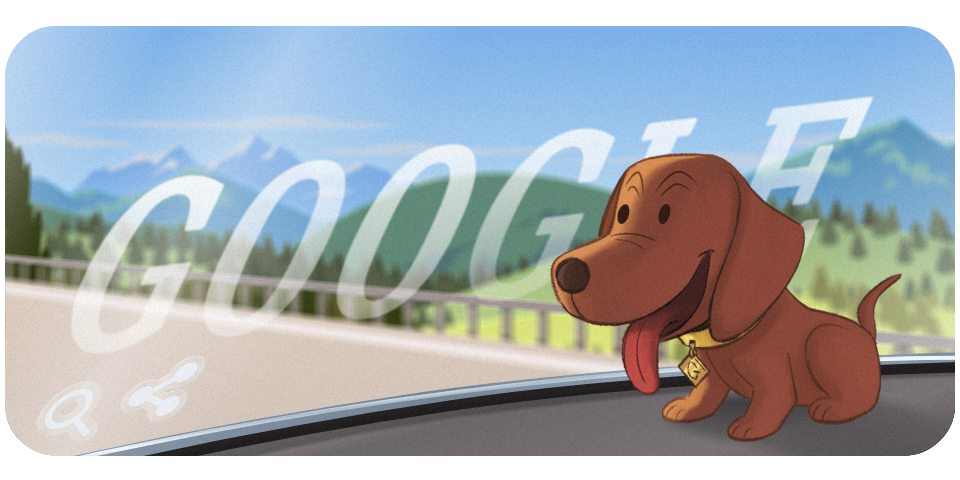Dachshund bobblehead: Google doodle on iconic weiner dog doll

- Country:
- United States
Google today dedicated a doodle to Dachshund bobblehead, an iconic weiner dog doll with a wobbly, spring-attached head that originated in Germany as a friendly vehicle accessory.
The first verifiable reference to the breed traces back to this date in 1723, with its inclusion in Johann Friedrich von Flemming’s book “Der vollkommene teutsche Jäger” (“The Complete German Hunter”).
A bobblehead, also known as a nodder, wobbler, is a type of collectable doll. Its head is often oversized compared to its body. Instead of a solid connection, its head is connected to the body by a spring or hook in such a way that a light tap will cause the head to bobble, hence the name.
The dachshund has long been recognized as a popular German symbol. That special status was only strengthened in the 1970s with the manufacture of the first daschund bobbleheads, known affectionately in German as the “Wackeldackel”–or “wobbling dachshund” in English. The agreeable canines could soon be found perched on the rear dash of traditional German notchback cars, nodding along to every twist and bump in the road.
During the seventeenth century, figurines of Buddha and other religious figures called "temple nodders" were produced in Asia. The earliest known Western reference to a bobblehead is thought to be in Nikolai Gogol's 1842 short story ‘The Overcoat’, in which the main character's neck was described as being ‘like the necks of plaster cats which wag their heads’.
During the nineteenth century, bisque porcelain bobbleheads were being made in limited quantities for the US market. Many of the bobbleheads in the US were produced in Germany, with an increase in imports during the 1920s and 30s. By the 1950s, bobbleheads had a substantial surge in popularity, with items made of either plastic or bisque porcelain.
After the Wackeldackel was featured in a late 90s German advertisement, the bobblehead came howling back to prominence with over 500,000 sold in just eight months.
- READ MORE ON:
- Dachshund bobblehead
- Bobblehead
- Google doodle










